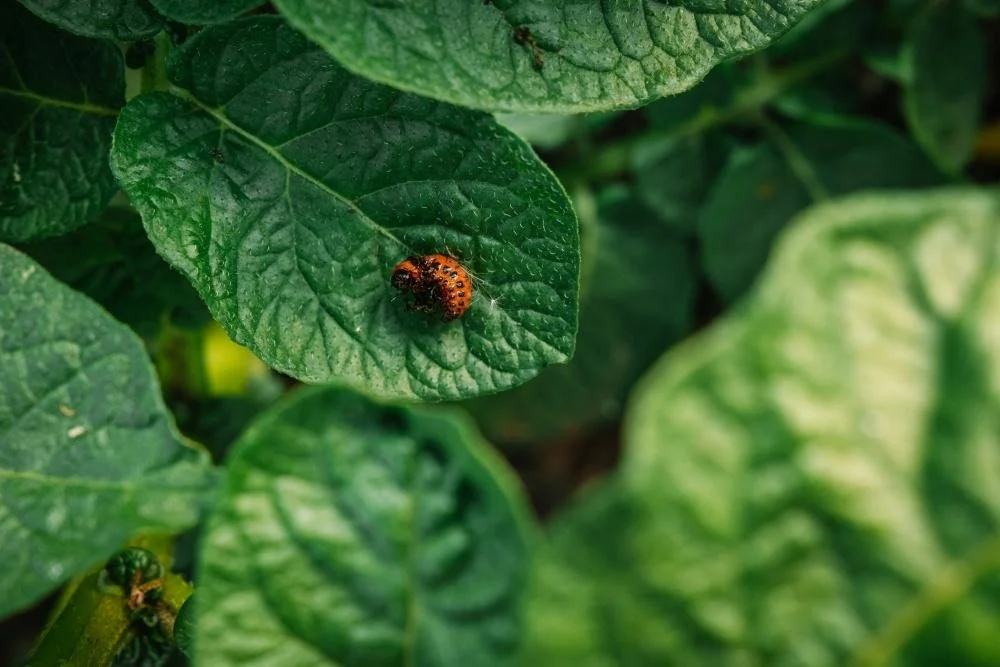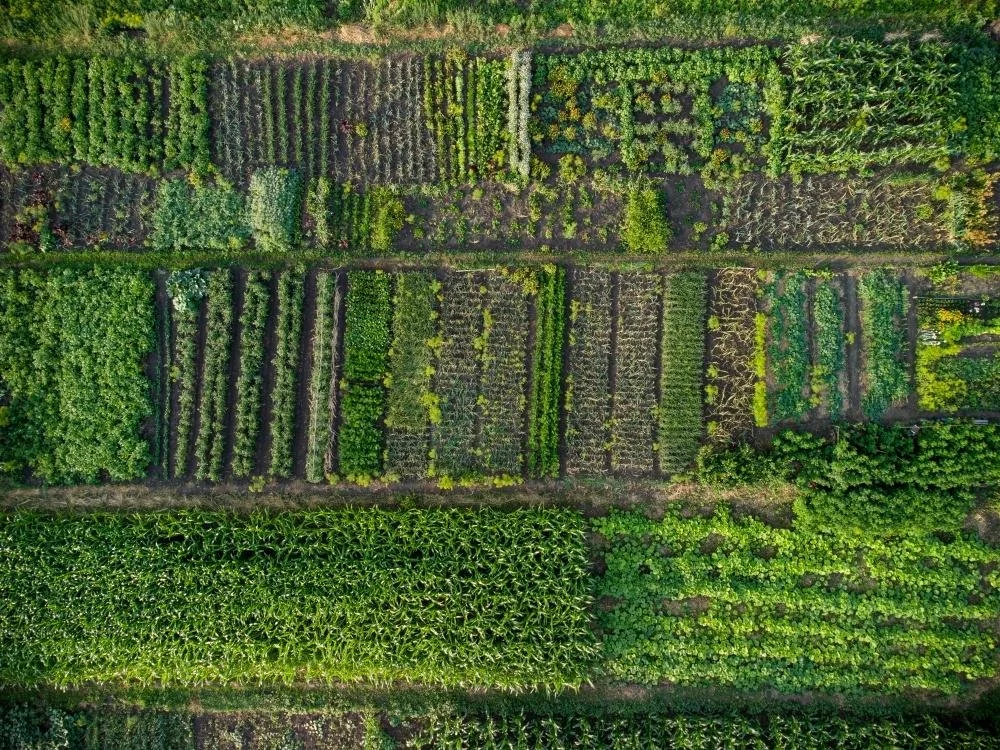Exploring Integrated Pest Management for Sustainable Agriculture
As climate challenges mount and pesticide resistance grows, farmers are rethinking pest control. Integrated Pest Management offers a smarter, more precise way forward—one that protects yields, preserves ecosystems, and keeps agriculture resilient for the generations ahead.
Integrated Pest Management (IPM) offers a smarter, more sustainable approach to crop protection—one that doesn’t rely solely on chemical interventions.
At its core, IPM is a strategic framework that uses a combination of methods to control pest populations in ways that are environmentally sound, economically viable, and socially responsible. It looks beyond immediate solutions, addressing the root causes of pest outbreaks through ecological insight and long-term planning.
As agriculture faces intensifying pressure from climate change, soil degradation, and increasing food demand, IPM provides a way forward.
It encourages practices that maintain ecological balance, such as applying chemical controls only when absolutely necessary. This results in healthier crops, fewer harmful residues, and a reduced impact on surrounding ecosystems.
By adopting IPM, farmers are not just responding to pests—they’re building resilience into their operations. It’s a shift from reactive to proactive, from isolated tactics to integrated solutions.
The benefits are clear: lower pesticide use, improved crop health, and a more balanced relationship between agriculture and the environment.
Therefore, for anyone invested in the future of sustainable agriculture, IPM is not just an option—it’s a necessity.
What is Integrated Pest Management (IPM)?
Integrated Pest Management is a science-based, ecosystem-driven approach to pest control that recognizes the complex relationships between crops, pests, beneficial organisms, and their surrounding environment. Instead of viewing pests in isolation, IPM considers the bigger picture—how different factors interact within the farm ecosystem, and how smart interventions can restore balance without unnecessary harm.
IPM focuses on understanding pest behaviour and environmental dynamics to guide action.
It combines techniques like cultural practices, biological controls, targeted chemical use, and continuous monitoring to reduce pest pressure while protecting long-term soil and plant health. It shifts the priority from quick fixes to long-term resilience. Chemical pesticides aren’t eliminated either, but they’re used only when absolutely needed—and in ways that reduce risk to people, pollinators, and the planet.
This approach is especially relevant now.
With over 700 million people facing hunger in 2023, according to the Food and Agriculture Organization of the United Nations, and climate change continuing to disrupt growing conditions, the need for reliable, high-yield agriculture is urgent. But meeting food demand can’t come at the expense of environmental degradation or pesticide resistance.
IPM helps solve this challenge.
By reducing reliance on broad-spectrum pesticides, preserving biodiversity, and encouraging smarter, site-specific decisions, IPM supports food security without compromising sustainability. It gives farmers the tools to produce more, while protecting the land for generations to come.
Benefits of Following IPM for Sustainable Agriculture
Sustainable farming isn’t just about what we grow—it’s also about how we protect it.
As mentioned, Integrated Pest Management offers a structured, intelligent way to manage pest pressure without relying on heavy chemical inputs. This shift is not only better for the environment, but also sets farms up for long-term efficiency, regulatory compliance, and better productivity. With the right monitoring tools and strategic practices, IPM can transform how we approach pest control, reducing risks while enhancing outcomes.
Key benefits of IPM include:
Smarter, selective pesticide use: IPM prioritizes non-chemical methods and reserves pesticides as a last resort. When used, applications are targeted and minimal, protecting both crop quality and the surrounding environment.
Preservation of ecological balance: Beneficial species such as pollinators and natural predators are protected under IPM protocols, allowing farms to maintain a more resilient ecosystem that can naturally regulate pest populations.
Reduced environmental footprint: With fewer chemical inputs, there's less risk of contamination to nearby water bodies and less degradation of soil structure, supporting cleaner, healthier growing conditions.
Greater pest control precision: IPM combines multiple control strategies based on real-time field data. This enables more timely and tailored responses that reduce the chance of overcorrection or pest resistance.
Long-term cost savings: Fewer inputs and better planning mean lower operating costs over time. IPM also reduces the need for repeated treatments, making it a more resource-efficient solution.
Supports compliance and market access: As global markets adopt stricter limits on pesticide residues, IPM helps producers stay aligned with regulatory requirements and meet sustainability benchmarks demanded by consumers and export partners.
Keys to a Successful IPM Program
A well-executed IPM program is not reactive; instead, it starts with a mindset shift—from reactive pest control to strategic, data-informed planning.
An effective IPM system can be defined as:
Prevention-First Approach: The first step is prevention. That means growing pest-resistant crop varieties, designing fields that minimize pest entry, and modifying habitats to disrupt pest lifecycles. These choices lay the foundation for reduced intervention later.
Biological Control Tools: Leverage what nature already offers—introduce and support natural predators, parasitoids, or microbial agents that suppress pest populations. Augmentation and exclusion tools further strengthen control without relying on synthetic inputs.
Strong Cultural Practices: Farm hygiene matters. Weed control, sanitation, and proper nutrient and water management reduce pest harbourage zones and eliminate key food sources.
Targeted Chemical Use: Pesticides are not removed from the equation—they’re refined. In IPM, they are used only when necessary, applied with precision, and chosen based on toxicity profiles that minimize harm to non-target organisms and the wider environment.
Ongoing Monitoring and Pest Identification: Consistent surveillance enables faster, smarter action. With tech like the RYNAN Insect Monitoring System, growers receive real-time updates on pest activity, allowing for early response, reduced pesticide dependency, and improved decision-making over time.
When these components are combined and continuously refined, farms gain more control with fewer resources, building a smarter, more sustainable pest management framework for the future.
Enhancing IPM with RYNAN Insect Monitoring System
For IPM to deliver real impact, it must be built on accurate, timely insights. Without visibility into what’s happening in the field, pest control becomes reactive, often leading to blanket spraying and collateral damage to both crops and ecosystems.
RYNAN’s Insect Monitoring System (IMS) is engineered to close this gap, bringing precision and clarity into the heart of pest management.
By capturing and analyzing insect data through image recognition powered by AI and machine learning, the system provides farmers with detailed, real-time information on pest populations. More importantly, it distinguishes between harmful species and beneficial insects, ensuring that intervention is always justified and never arbitrary. This level of precision gives farmers clear, actionable insights so they can respond with confidence and only when it’s necessary.
With this system in place, farms can:
Detect pest threats early—before infestations escalate
Apply interventions only when thresholds are met
Minimise chemical usage without compromising yield
Maintain biodiversity and support natural pest control
This shift toward data-driven surveillance not only streamlines field operations but also reinforces the core principles of IPM: sustainability, efficiency, and ecological balance.
Case Study: Smarter Pest Control in Dong Thap, Vietnam
The impact of IMS is already visible on the ground.
In Dong Thap, a major rice-growing province in Vietnam, farmers faced severe pressure from Brown Planthopper outbreaks—tiny pests capable of damaging crops at scale and triggering heavy pesticide use.
With the introduction of RYNAN’s IMS, pest populations dropped significantly. Farmers saw healthier crops, reduced input costs, and a resurgence of natural predators like mirid bugs. More importantly, they regained control, using targeted spraying instead of routine blanket applications.
For regions navigating similar pest pressures, the takeaway is clear: smart pest monitoring isn’t just a tool—it’s a catalyst. By embedding technology into core IPM strategies, growers gain clarity, reduce overreliance on chemicals, and build a more resilient system from the ground up.
At RYNAN Agriculture, our Pest Monitoring System is designed to strengthen sustainable farming from the ground up. It delivers the data, precision, and confidence needed to make every decision count—building resilience, protecting yields, and supporting smarter pest management for the future of agriculture.
Speak with us to learn how RYNAN’s InSentinel and other agricultural solutions can support your IPM goals and transform the way you manage pests.


